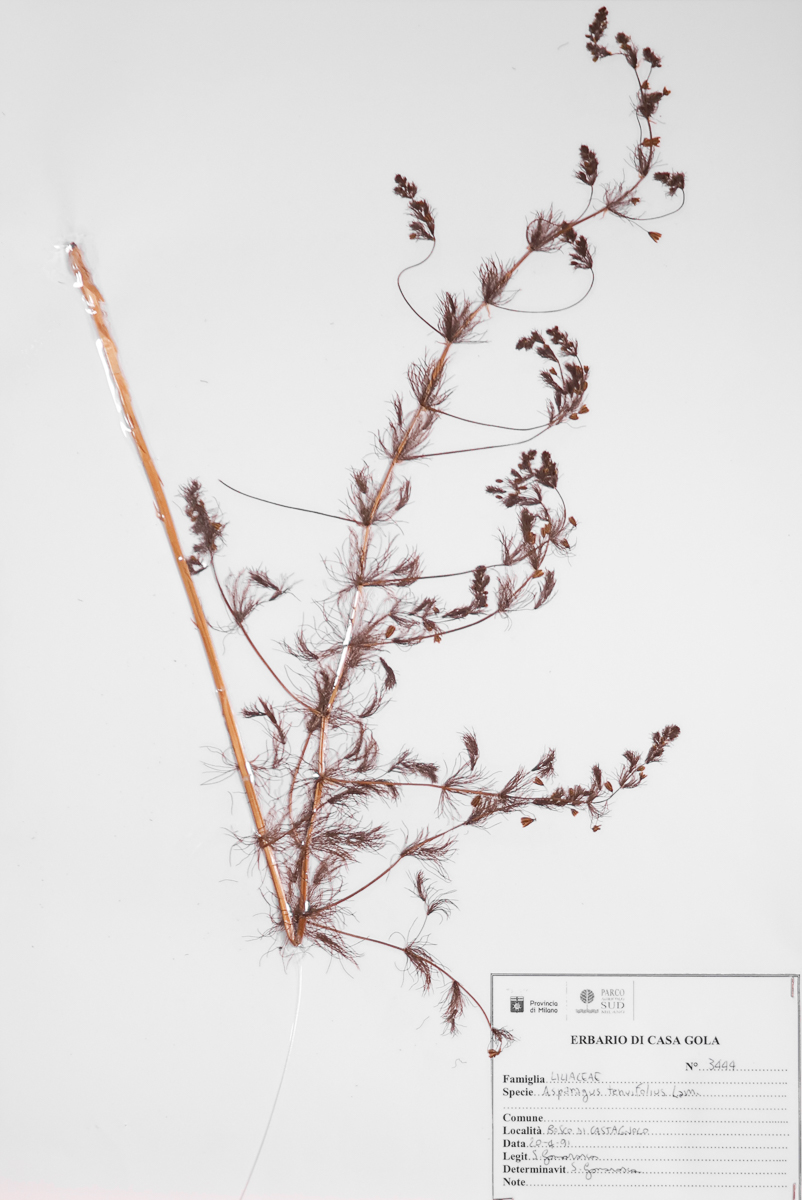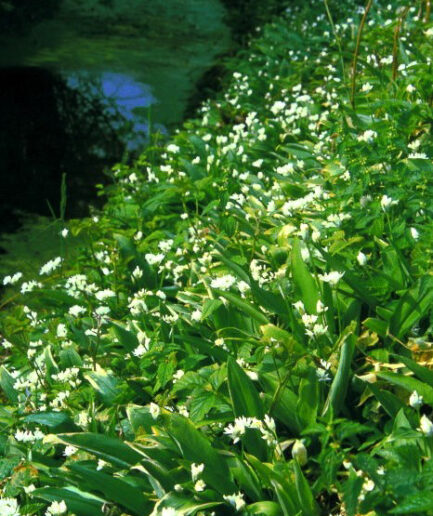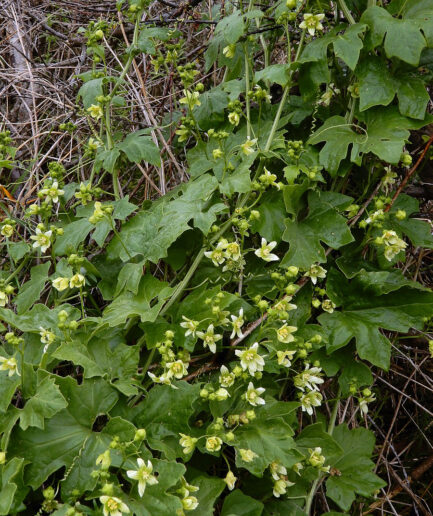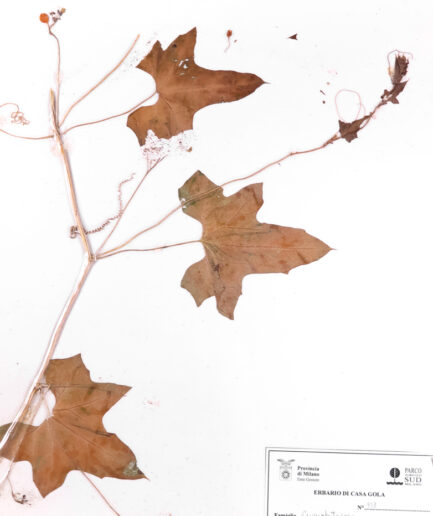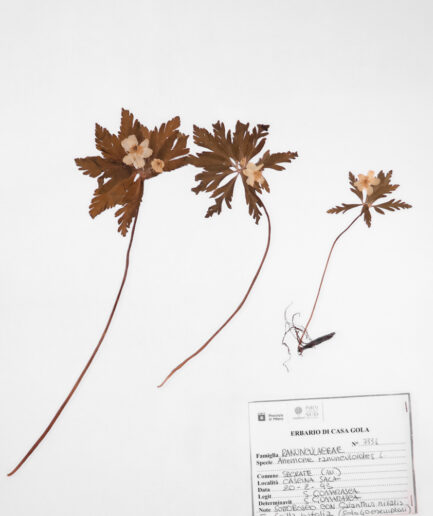Wild asparagus
Scientific name: Asparagus tenuifolius Lam.
Family: Asparagaceae
MORPHOLOGY
Growth habit and size: Perennial herbaceous glabrous plant, 30-80 cm tall, with a horizontal, creeping rhizome with fleshy fibrous bundles; slender shoots with a sweet taste.
Stem: Erect, cylindrical, smooth stem, angular and flexuous at the top, highly branched, reddish at the base.
Leaves: The leaves are cladodes, which are branches or petioles that resemble and function as leaves. They are capillary, soft, and smooth, in bundles of 10-30, 15-30 mm long, at the axils of membranous, soft, and unspurred leaf scales.
Flowers: Solitary or paired flowers, on long, pendulous, setaceous peduncles (10-25 mm), with a joint about 1 mm from the flower; bell-shaped perianth with 6 whitish tepals of 5-7 mm with green striations on the back. It blooms from April to June.
Fruits and seeds: Dark red spherical berry, 7-14 mm in diameter.
DISTRIBUTION AND HABITAT
It grows throughout Italy except in Sardinia and Sicily, from sea level to 1,300 m. Found in sub-Mediterranean oak and chestnut forests and thermophilous beech forests.
USE
The edible shoots are well-known for their diuretic properties, as well as for being an appetizer, anti-edematous, anti-rheumatic, purifying, and laxative; a mother tincture with purifying, slimming, and anti-inflammatory properties can be obtained from dried roots. Before taking any plant-based product (medicinal or non-medicinal) for therapeutic or similar purposes, it is always advisable to consult a doctor.
INTERESTING FACTS
In the body, after consumption, a substance called methyl mercaptan is formed, which is eliminated through urine, giving it a characteristic pungent and unpleasant odor.
Photo: Kindly provided by Claudio Farinati



